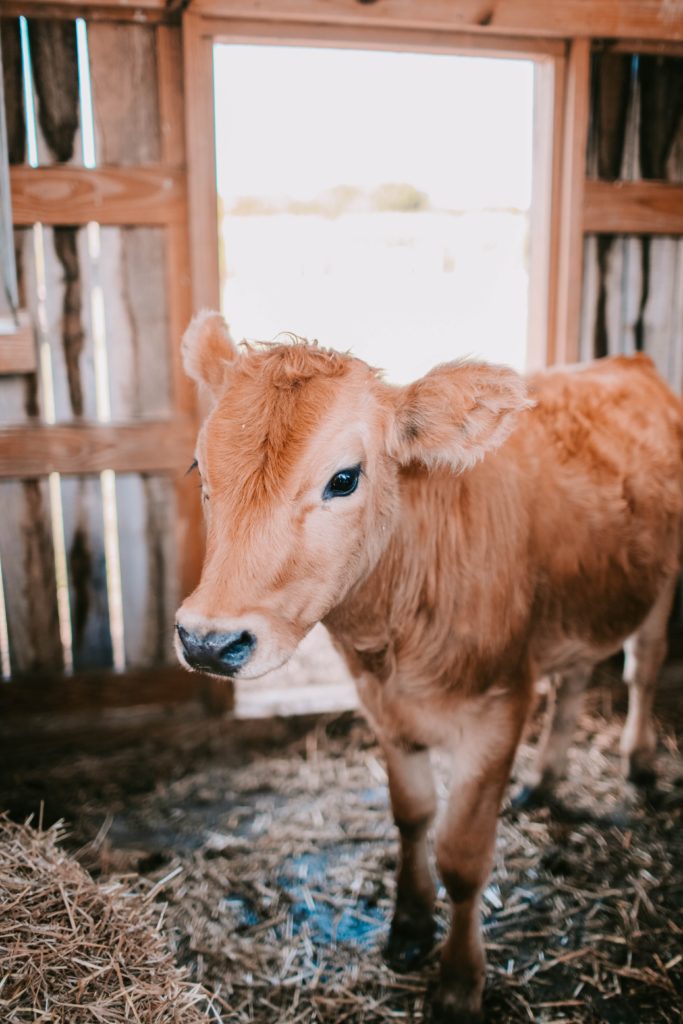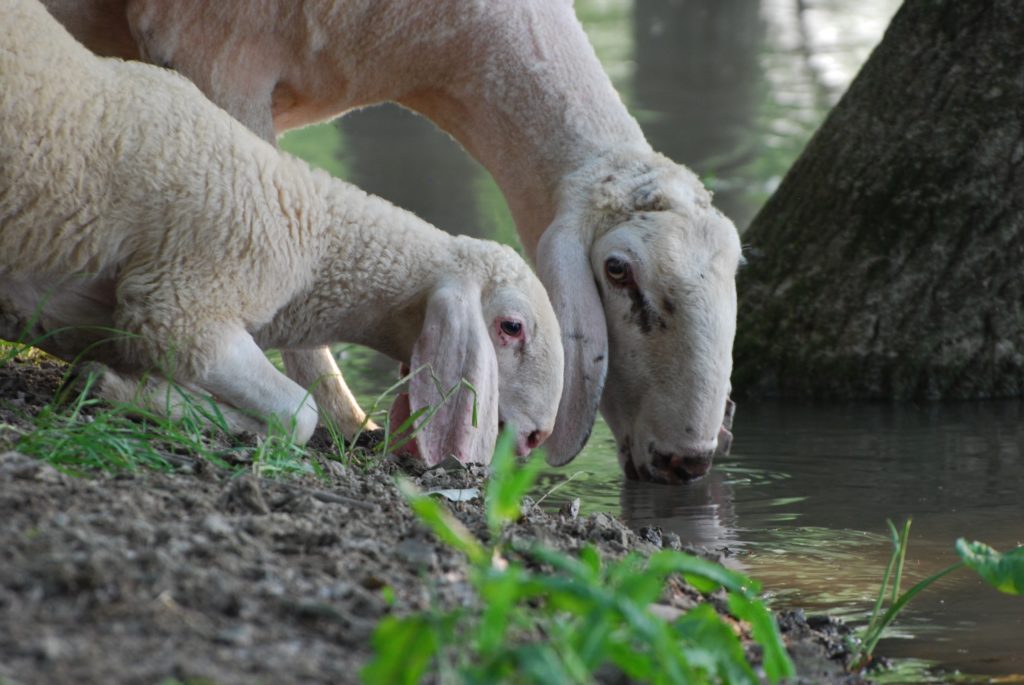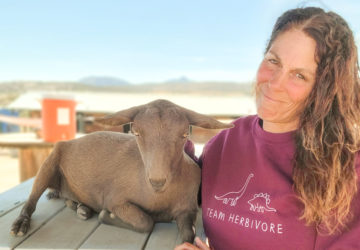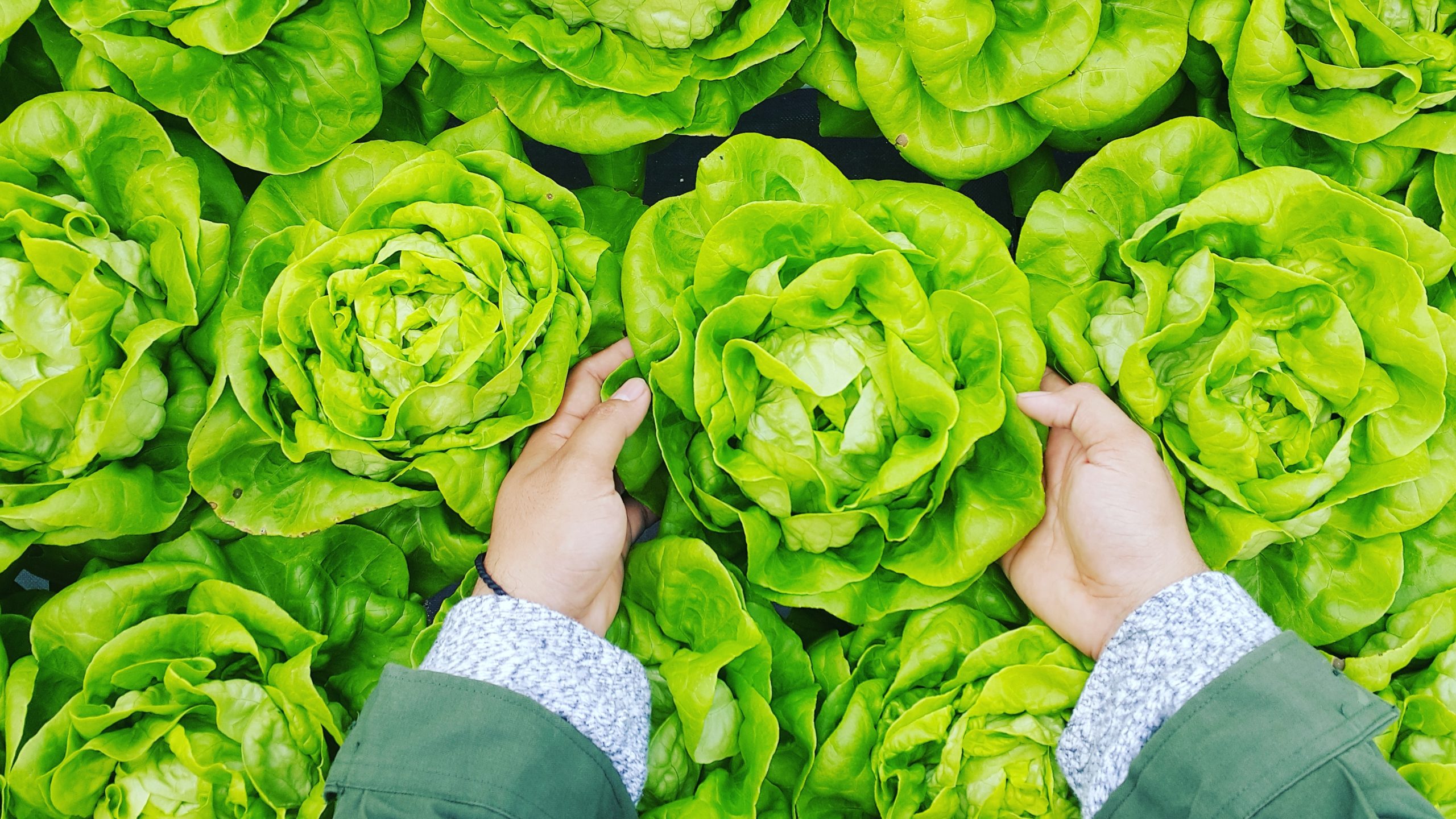How does eating plant-based help the environment? Here are the facts
We write a lot about plant-based living — why it’s delicious and how to maintain the lifestyle. But many members of our Wholesome Fam have asked us how exactly does eating plant-based help the environment?
It’s a loaded, important question with lots of layers, so here’s a breakdown of why swapping meat for plant-based foods is one of the quickest, surest ways to cut our carbon footprints and help the environment.
How does eating plant-based help the environment? Here are the facts
Fact: Eating plant-based produces less greenhouse gas emissions
For every hamburger or piece of steak served on a plate, there’s a big backstory of how it got there. And that backstory involves lots of greenhouse gas emissions.
First, cattle grazing leads to massive amounts of methane and carbon dioxide, which is a major contributor to climate change. How? As cows, sheep, and goats digest their food, they burp and fart (just like humans!). And as a result, they release lots of potent methane into the air.

Similarly, when forests are cleared to make space for farm animals (also known as “livestock”), large stores of carbon are released into the atmosphere → planet warming. Not to mention, lots of emissions are generated from farm machines, shipping processes, and fertilizer.
So, how does a plant-based diet compare when it comes to greenhouse gas emissions?
Transitioning towards a plant-based lifestyle cuts greenhouse gases by up to 70 percent, according to a study by Proceedings of the National Academy of Sciences. And vegetarian diets cut emissions by 63 percent. Another source states that 20 servings of vegetables have fewer greenhouse gas emissions than a single serving of beef (!!!).
If you’re not ready to completely cut meat out of your diet, it’s worth noting that not all animal products have the same greenhouse gas impact. For example, beef and lamb generally have a bigger, more harmful greenhouse gas impact than chicken and fish. However, plant-based proteins like tofu, beans, and nuts release the fewest greenhouse gases.
Fact: Plant-based diets conserve water
Studies show that someone following a plant-based diet uses five times less water than someone with a meat-based diet.
Hundreds, sometimes thousands, of gallons of water are required to produce a single pound of meat. For instance, the water footprint of beef is 1,800 gallons per pound, with pork following at 578 gallons, and chicken at 468 gallons.

To put it in perspective, corn and potatoes need about 100 gallons of water per pound. So, we could produce 18 pounds of potatoes with the water that would produce a single pound of beef.
We’re still believers in short showers and turning off the sink when we brush our teeth, but choosing plants over meat is really the surest way to save water on a large scale.
Fact: Plant-based diets involve less deforestation

Cattle ranchers have become the largest driver of the Amazon’s deforestation, causing about 80 percent of it, according to the Yale School of Forestry & Environmental Studies. And while it’s no doubt that crops take up space, growing vegetables is proven to require less land than it takes to “raise” animals.
We need trees for so many reasons. They produce the oxygen we breathe, they provide homes to animals and humans, and they prevent soil erosion. So opting out of the livestock industry altogether — and the palm oil industry– is one of the biggest ways to support forests and put pressure on farmers to implement deforestation policies.
***
Of course, we have lots of other reasons why we’re lovers of plant-based living, such as protecting animals and filling our bodies with good-for-you ingredients. But the big takeaway is: what we eat matters! And while eating zero animal-products is ideal, making smaller shifts to eat less meat and more plants is a great place to start.
P.S. Read on to find out how to get all the nutrients you need on a vegan diet.









